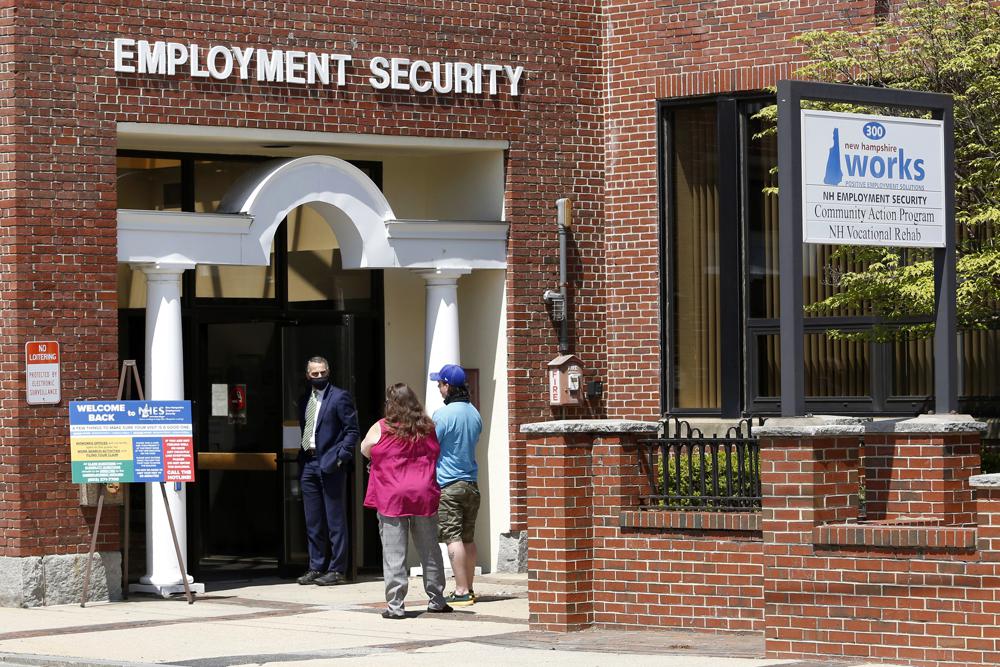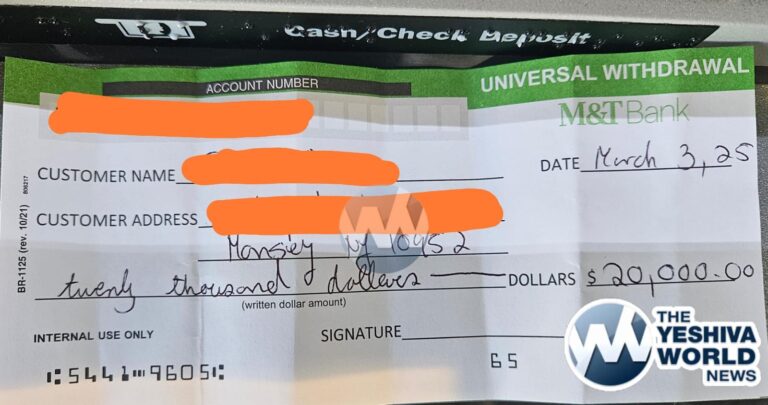More Americans applied for jobless aid last week, but the total number of Americans collecting unemployment remains at a five-decade low.
Applications for unemployment benefits rose by 27,000 to 229,000 for the week ending June 4, the most since mid-January, the Labor Department reported Thursday. First-time applications generally track the number of layoffs.
The four-week average for claims, which evens out some of the weekly volatility, rose by 8,000 from the previous week to 215,000.
The total number of Americans collecting jobless benefits for the week ending May 28 remained unchanged from the previous week at 1,306,000, the fewest since Jan. 10, 1970.
American workers are enjoying historically strong job security two years after the coronavirus pandemic plunged the economy into a short but devastating recession. Weekly applications for unemployment aid have been consistently below the pre-pandemic level of 225,000 for most of 2022, even as the overall economy contracted in the first quarter and concerns over inflation persist.
Last week, the government reported that U.S. employers added 390,000 jobs in May, extending a streak of solid hiring that has bolstered an economy under pressure from high inflation and rising interest rates.
Last month’s gain reflects a resilient job market that has so far shrugged off concerns that the economy will weaken in the coming months as the Federal Reserve steadily raises interest rates to fight inflation. The unemployment rate remained 3.6%, just above a half-century low.
The job growth in May, though healthy, was the lowest monthly gain in a year. But it was high enough to keep the Fed on track to pursue what’s likely to be the fastest series of rate hikes in more than 30 years.
Inflation at the consumer level eased slightly in April after months of relentless increases but remained near a four-decade high. Consumer prices jumped 8.3% last month from a year ago, just below the 8.5% year-over-year surge in March, which was the highest since 1981.
Earlier in May, the Federal Reserve intensified its fight against inflation by raising its benchmark short-term interest rate by a half-percentage point, signaling further large rate hikes to come.
The Fed meets again next week.
(AP)











